Wade Fishing 101: How To Maximize Your Time & Strikes While Wading
- By: Joseph Simonds
- on
- Found In: Fishing Tips, Species, Wade Fishing

Quick story on this new wade fishing tip:
One of our awesome Insider Fishing Club members named Dave Ulgenalp (aka Wader Dave) recently reached out to me and was telling me about some unbelievable wade fishing trips that he’s had over the past 40 years of wading.
He also mentioned that over the last 15 years, he’s led hundreds of anglers on guided wade fishing trips, created a series of Wader’s Guide™ fishing charts, and had numerous instructional articles published on the subject of wade fishing.
He’s waded shorelines and flats from Cape Cod to Baffin Bay and currently spends most of his 200+ days on the water wading the Gulf coast of Florida.
The irony is that he owns a boat, kayak AND a paddle board… but he mostly just uses them to get to and from the areas that he wades.
But either way, this guy has amazing knowledge to share, and I think you’ll see why everyone affectionately refers to him as Wader Dave.
Below is his first blog with us, and if you like it, please comment below (and SHARE it with your friends) so that we can have Dave back for more (including some advanced fish fishing tactics for wade fishermen).
Enjoy.
Related Post: How To Wade Fish The Flats Like A Pro (Podcast)
Related Post: Wade Fishing Pre-Trip Planning (Pro Tip)
Want To Take Your Wade Fishing Game To A Whole New Level?
Then you’ve got to “test drive” this online fishing course!
It’s the only wade fishing course guaranteed to help you catch more fish in less time.
Click here to join the online class today.
Wade Fishing 101
by “Wader Dave” Ulgenalp
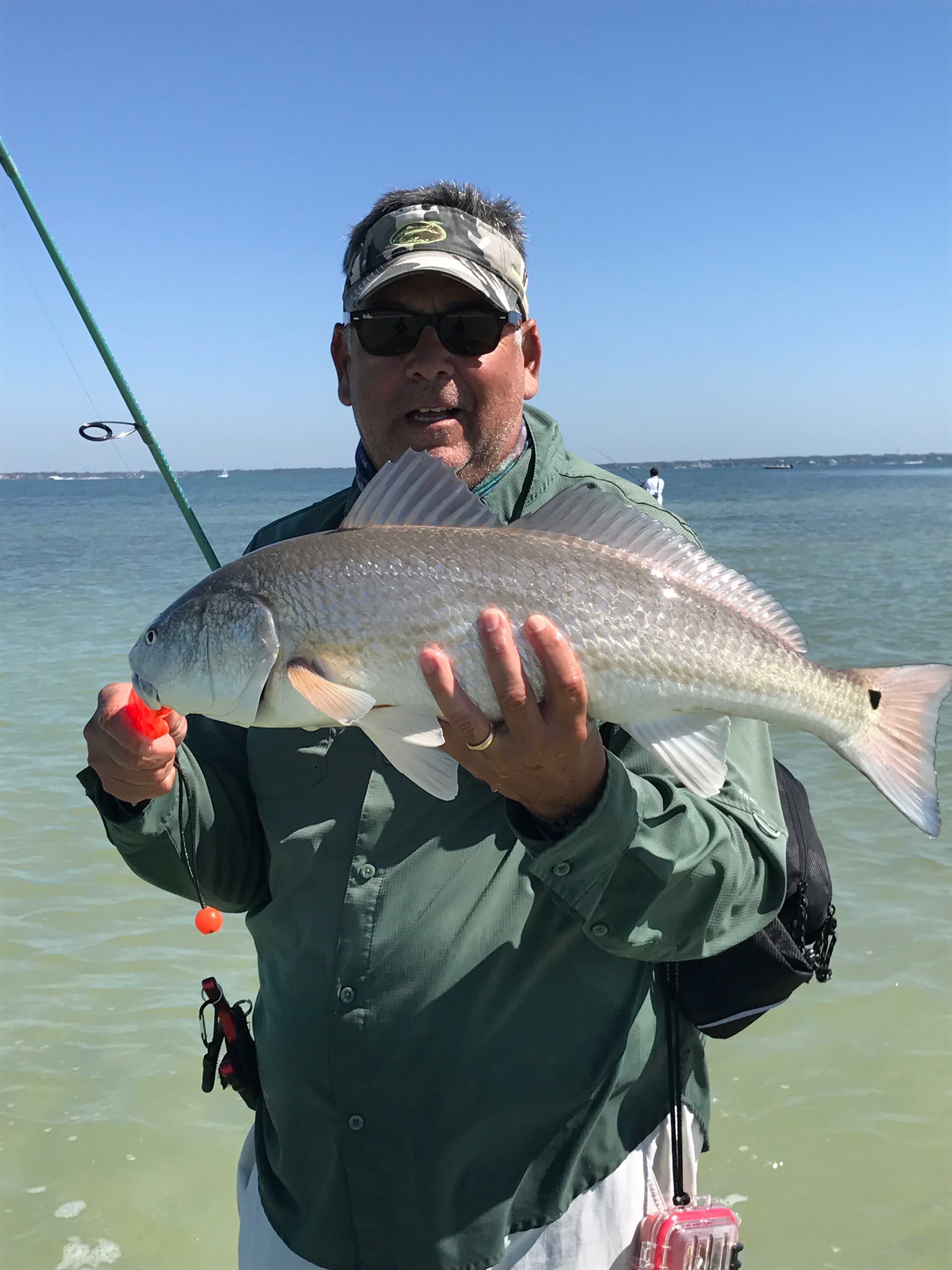
Would you like to catch more and bigger trout, reds and snook?
Then maybe you should consider jumping in the water and wade fishing.
The best news is that you won’t need a boat, kayak or paddle board and it won’t require a large investment in rods, reels and tackle.
You can apply the same logic to identify locations and use the same tackle and techniques to catch fish that you use when fishing from a vessel.
Productive spots are likely just a short drive from home and you might even be able to bring your family along rather than abandon them for the day.
To get started, I’d recommend you use a 7’ or 7’ 6” medium or medium-light action spinning rod, matched with a 3000 or 4000 series spinning reel, spooled with 10 lb braid and a few feet of 20lb fluorocarbon leader.
Fill a small waterproof box with half a dozen lead head jigs ranging in weight from 1/16 to ¼ oz, a few of Luke Simonds favorite Owner TwistLOCK weighted hooks, a couple of ½ or ¾ oz gold or copper-colored weedless spoons and if you like plugs, throw in your favorite suspending and topwater baits.
Grab a couple of bags of plastic swim and/or split tail baits in your favorite colors, a small spool of leader material and throw them into a cheap fanny pack along with the waterproof box.
Attach your pliers and a plastic fish grip to the fanny pack strap and you’re almost ready to start fishing.
From spring through fall, you won’t need to wear anything more than a lightweight, quick-drying fishing shirt and shorts, hat, polarized sunglasses and hard-soled neoprene wading boots.
When the water temperature drops below 72 degrees and your planning to wade more than knee-deep, throw on a pair of 3.5 mm neoprene, stocking foot waders and enough layers underneath to keep your upper body and head warm and dry under the expected weather conditions.
Also, be sure to protect the areas of your body that will be exposed to the sun with either sunscreen or protective clothing.
How To Find The Best Wade Fishing Spots
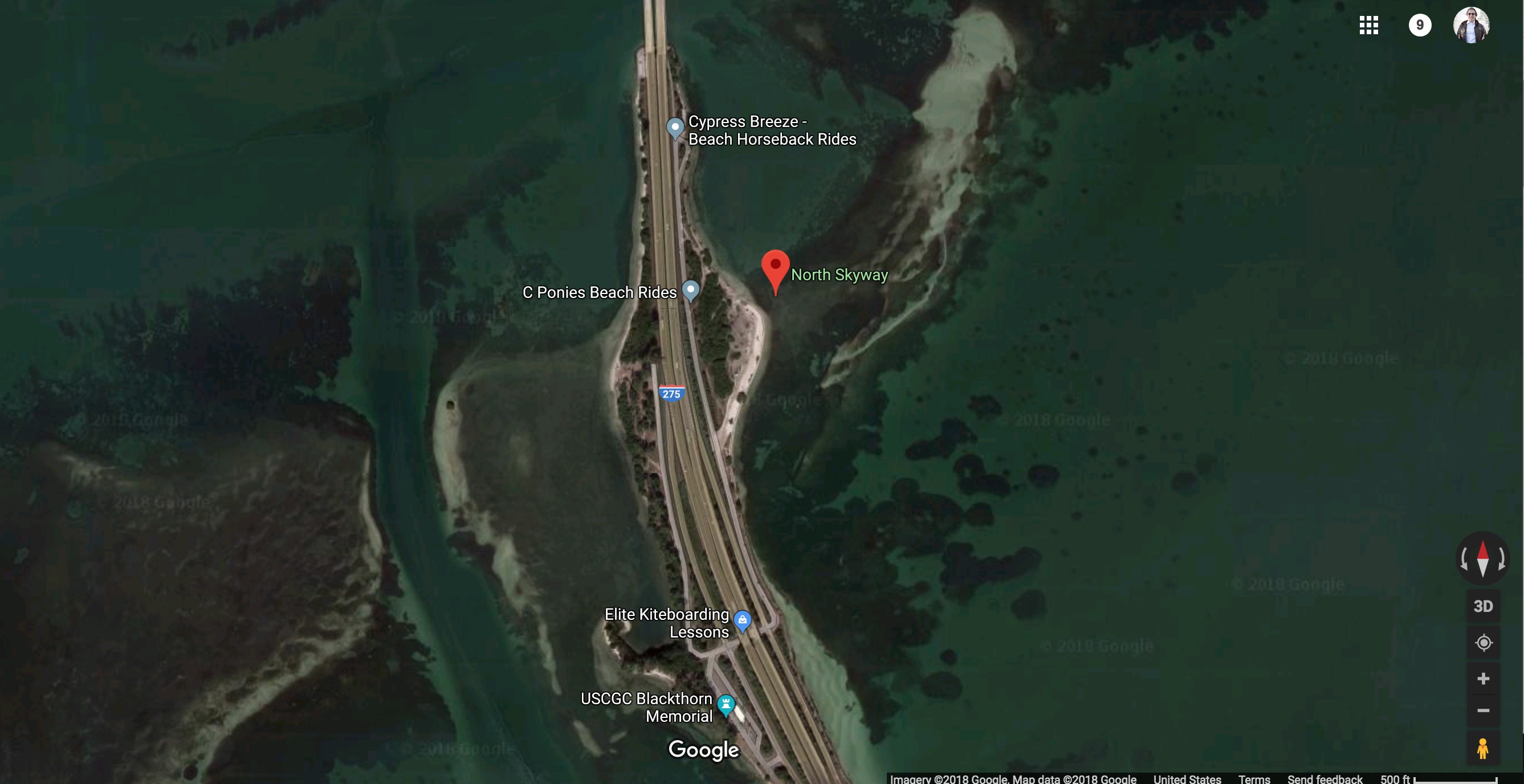
Great wading spots are easier to find and access than you might think.
In fact, if you live anywhere near the coast, you’ve probably driven right past what is soon to become one of your favorite places to fish.
Some of my favorite and most productive spots are along the numerous causeways that connect the mainland to barrier islands or one point of land to another across a bay or inlet.
Many provide easy access, safe parking and even walkways or seawalls that allow you to fish without getting wet.
Adjacent to the shoreline, most have a firm shallow sandy strip of bottom and a channel that runs parallel to the causeway on at least one side.
As always, be on the lookout for structure, changes in bottom contour or cover and other conditions that fish are likely to be attracted to.
The most productive causeways often offer riprap, rocks, mangroves and dead trees along their shoreline and/or adjacent areas of pothole-filled grass flats.
However, these conditions can make for a difficult wade and require caution and extra attention as you work them.
Most causeways provide fishing opportunities year-round, but the targeted species may change from season to season.
Under the worst and windiest of conditions, at least one side of a causeway is usually fishable and often provides the only alternative to sitting at home.
Two of my favorite cold-weather spots for gator trout and slot reds are along the Courtney Campbell Causeway that connects Tampa and Clearwater at the north end of Tampa Bay and the causeway that connects the Skyway Bridge with Pinellas and Manatee Counties.
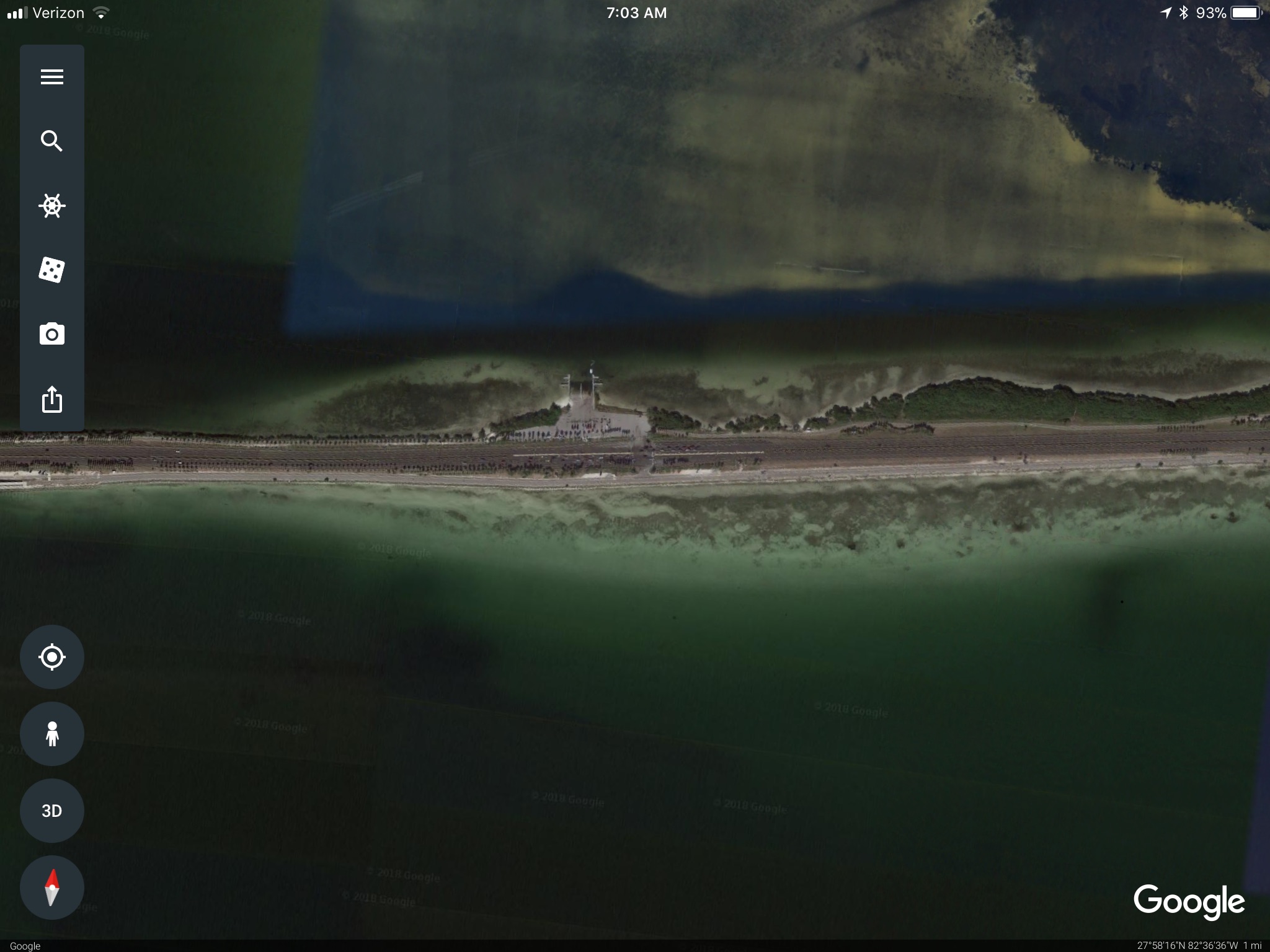
Beaches are often overlooked but can provide some fantastic fishing for a variety of species along with a million-dollar view.
Most public beaches don’t prohibit fishing and surprisingly, face little fishing pressure as they are often too crowded to fish during the heat of the day.
Fish them at dawn, dusk, after dark or under conditions unsuitable for beachgoers.
Be on the watch for windy and/or rainy days when you may have the beach to yourself.
The most productive beaches usually offer structure and/or changes in bottom contour.
Look for areas with a deep swash channel running along the shoreline, as this creates a feeding lane for snook, reds and trout.
Runouts are usually at either end of a swash channel and often hold schools of these same fish as bait washes through them on the incoming and outgoing tides.
Beaches that wrap the inside and outside of an inlet may hold some of the biggest fish you are likely to catch while wading or fishing from shore and should always be explored.
Like causeways, while the species may vary, fish can be caught from the beach all year-round.
There’s nothing more that I look forward to than summertime fishing for monster snook along the beaches of Longboat Key and Honeymoon Island.
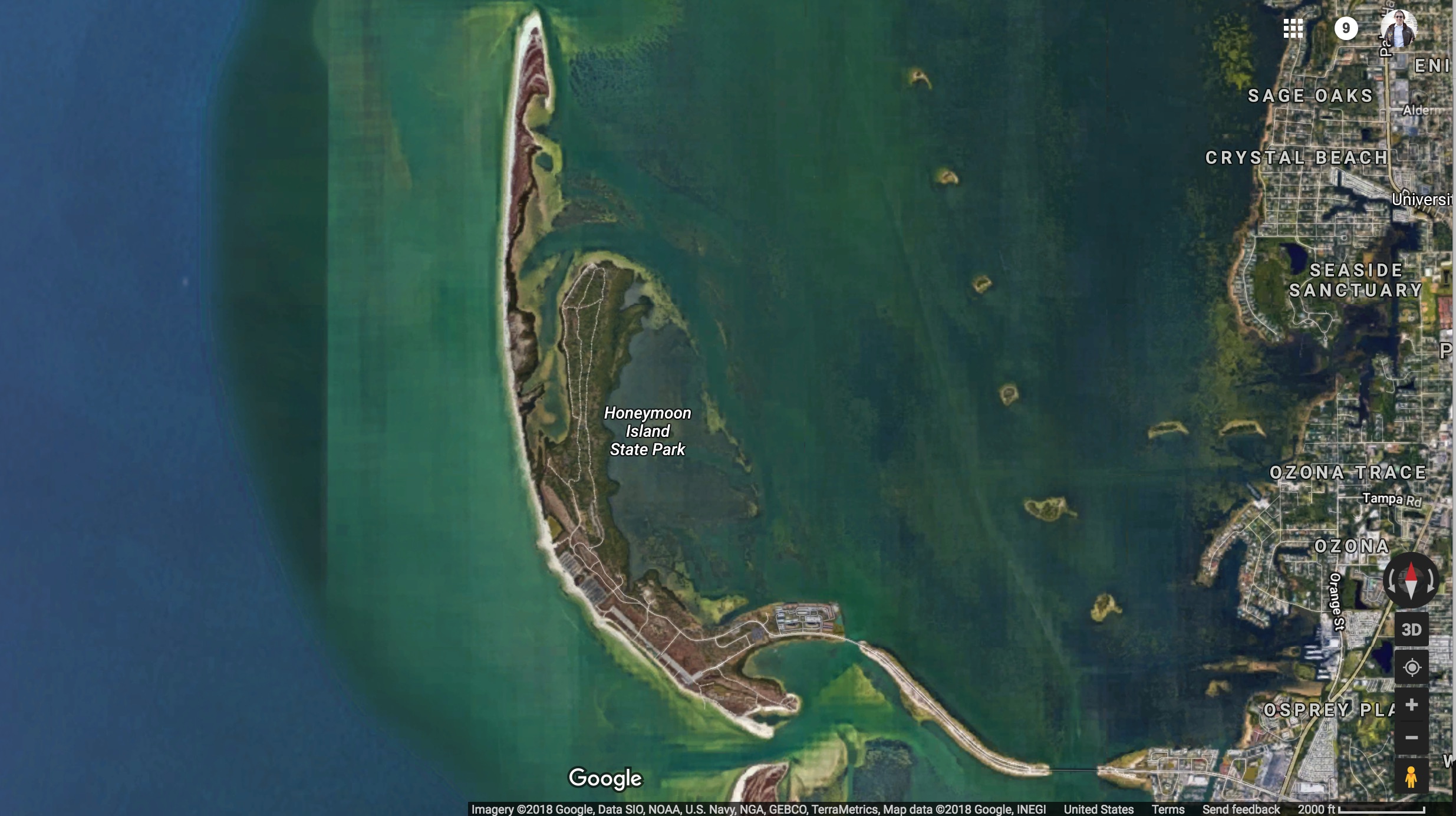
Beach or causeway, there are a few things you can do to improve your chances of catching fish.
Here are some of the things I wish I had known when I first started wade fishing…
Important Wade Fishing Tips
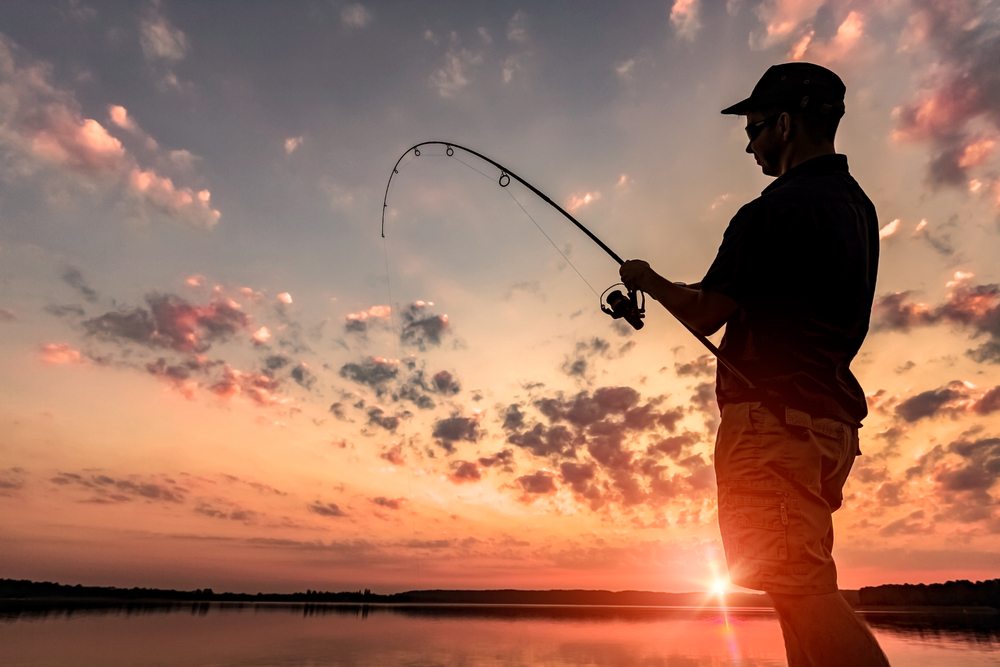
Here are some must-know wade fishing tips:
- You don’t need to go any further than knee to waist deep.
- You will present a lower profile as you work the shoreline and fish will be less likely to see you before they are in casting range.
- You will also be able to effectively work your lure parallel to the shoreline.
- Some of the biggest fish will be in just inches of water and within a couple of feet of the shoreline, especially if there is structure or a swash channel.
- Second, keep moving along the shoreline (The more area you cover, the more likely you are to find fish or discover the type of structure that’s likely to hold fish). Start by casting straight out from shore and then begin fan casting in the direction you’re wading until you’ve covered all the water between you’re first cast and the shoreline and continue to move down the shoreline a few yards at a time.
- Wade into the tide or current so that when you’re casting parallel to the shoreline, you are retrieving your lure in the same direction the tide or current is running (this allows for a more natural presentation of the lure and improves your chances of a fish striking it – that doesn’t mean you shouldn’t wade your way back to where you started from, just focus more on the water that’s not immediately adjacent to the shoreline).
- Third, indicators that fish are present are the same as when you’re fishing from your boat, kayak or paddleboard. Look for areas where baitfish are present, mullet are jumping, birds are diving and/or structure is abundant.
Conclusion
When wade fishing, the most critical thing is finding the right spots.
First and foremost, find some structure.
I like to find the causeways and beaches that offer the proximity and access you’re looking for and the characteristics I’ve described, search the satellite images available at Google Earth or Bing Maps, or just hop in the car and start driving until I see birds, bait, or some visible structure.
Much if not all that you need to know to catch fish once you find a spot can be found in the Salt Strong Insider Fishing Club.
There are, however, many more tips and locations I’d like to share that could have you catching more and bigger fish and maybe even develop a “passion” for wade fishing.
Be sure to send me your questions or comments and don’t forget to let Joe and Luke know that you’d like to see more content from me – Wader Dave.
Thanks for your time.
Tight lines.
P.S. – If you think your angler friends or fishing networks would enjoy this post, please Tag them or Share this with them.
Want To Take Your Wade Fishing Game To A Whole New Level?
Then you’ve got to “test drive” this online fishing course!
It’s the only wade fishing course guaranteed to help you catch more fish in less time.
Click here to join the online class today.
Related categories:
STOP WASTING TIME ON THE WATER!
Do what the “SMART ANGLERS” are doing and join the Insider Club.
Here’s what you’ll receive today when you join:
- Weekly fishing reports and TRENDS revealing exactly where you should fish every trip
- Weekly “spot dissection” videos that walk you through all the best spots in your area
- Exclusive fishing tips from the PROS you can’t find anywhere else
- Everything you need to start catching fish more consistently (regardless if you fish out of a boat, kayak, or land).

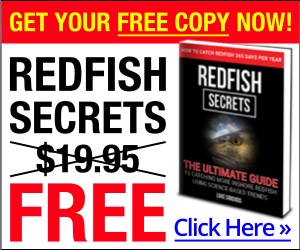







Really enjoyed the tips I just started wade fishing last year and I love it my boat is the new taxi I look forward to Learning more tips thanks again
Very useful, would love to hear more!
This was an outstanding tutorial. That sounds like loads of fun. Thanks.
Dave – thanks so much for all of this insight. I’m an insider with Salt Strong, but not sure how to access the Course. New beach fishing and a general beginner all around.
Also – I see that Longboat is one of your favorite spots. I’m spending next week there (north end just before the bridge to AMI) – Any advice about that area would be greatly appreciated.
Jason – sorry I’m just responding to your comment now. As an insider you should be able to click on the Menu tab on the SS home page then click on the My Courses tab. From there, open the Wade Fishing Mastery Course. Hope you were able to catch a few fish during your stay on Longboat Key. My favorite area to fish is along the very north end of Longboat south to the seawall that sticks out – about half a mile from the Pass between Anna Maria Island and Longboat. I target snook in the swash and over the rocks with bucktail jigs.
Dave – this is really great. I usually fish bait just off the back of a trough off the beach in Texas, and catch lots of whiting and (unfortunately) cat fish, but have really wanted to focus on trout and other species. So, I really like this article. Question – I think you were saying to fish the first or second trough parallel to the shore, casting up current, and then retrieving so your lure floats down current like a bait fish – targeting structure as you said. Is that right? I’m a fly fisherman also, and so understand the concept that fish look “upstream”, holding in feeding zones (just behind rocks) and wait for bait to float down to them – and I think this is the same thing concept. If that’s correct – how quickly are you retrieving? Is your lure basically floating along with the current so it looks like a struggling or dead fish, or are you retrieving faster than the current so it looks like it’s swimming? And, are you letting it float along the bottom, or do you have it light enough to float in the water like swimming fish? Thanks!!
The information was great
Curious Wader Dave to what are your favorite brand rods and brand reels you primarily use?
Chris – I use St Croix rods and believe the Avid Inshore series is the best rod for the money I can find. I use 7’6” medium and medium light fast action rods paired with Shimano Ci4 reels in either 3000 or 4000 size. Dave
$50 yes, $77 not a chance!
Ron – Salt Strong offers a money back guarantee if you don’t feel like you got you’re money’s worth. Hope you’re finding the free content available to be useful. Tight Lines!
I like to combo kayak/wade. I can pack for a longer day or changing fishing situations or weather. Sometimes a sandbar or oyster bed can block a kayaker off from a nice pothole or slough. Wading puts me into almost virgin spots. Also, the change of position extends my staying power longer through the day. I can also cast a little better standing which can be critical, at times. Lastly, wading lets me enjoy a really hot day much better. I am going to try a light backpack for when hauling the kayak isn’t possible or desireable for the extension of the day. I presume I could always drop the pack close by if it’s a pain.
Mike – I often do the exact same things with my kayak or SUP and even my boat. They are tools to extend my wade fishing opportunities. Great to hear from a kindred spirit . Hope to run into you on the water some day.
.
Hey Dave,
A friend and I are going fly fishing This April with a guide out of Everglade city. We are going a couple days early to wade fish on our own and I was wondering if you could give us advice and direction on access points. We have a lot of experience fishing for stripers and albies in Massachusetts but this is our first trip to Florida.
Roger – sorry I’m just replying to your comment now – it slipped by me somehow. There’s nothing better than Google Earth to look for great wade fishing area and access points. Without an access point a good area is useless. Also, try searching Google for public beaches, boat and kayak launches in the county you are planning to fish. They are usually good spots to access wadable water. Causeways are among my favorite spots and are easily identifiable on maps and Google Earth. I’ll be fishing for stripers myself on the Brewster Flats in a couple of months. Good luck!